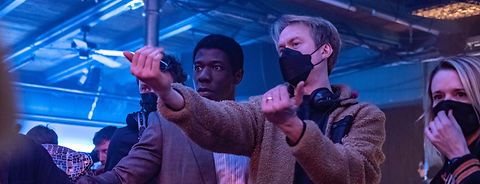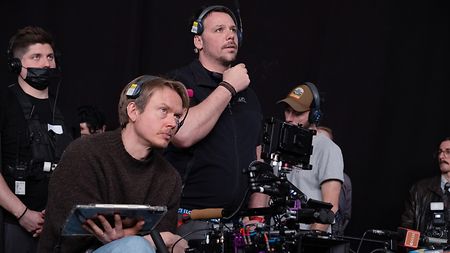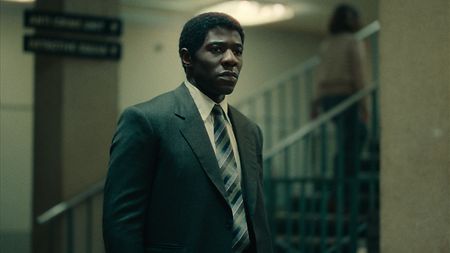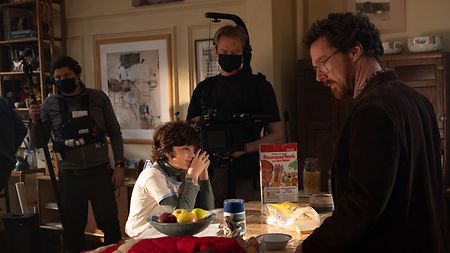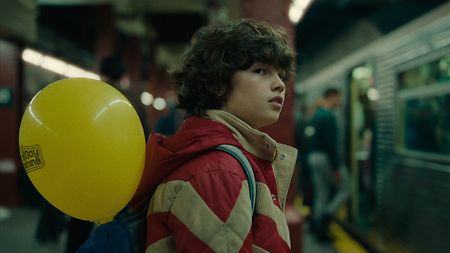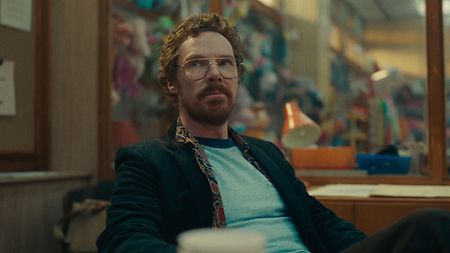What were your initial ideas about a look that would work for the show?
Benedict Spence: Immediately you think of New York in the 1980s as grungy and messy and dirty, but it’s also an exciting place of creativity, music, and art, and there are great visual opportunities with both. When I was brought onto the project, Lucy already had some references and notes about the look, so we started bouncing ideas back and forth. We wanted to create a world that pulls viewers in, immersing them in 1980s NYC. I was very keen on shooting and lighting it like a modern high-end TV series, but with a feeling of something from the past; all our choices on the show sprung from that one creative desire. Lucy and I had collaborated with Toby a number of times; he’s a brilliant colorist and we were lucky enough to get him involved early on.
Toby Tomkins: We knew we wanted film emulation vibes of the era, but we didn’t know specifically what until we had some material. Benedict and I pushed for decent screen tests with the actors in costume, on location, and lit as it would be, maybe slightly better than it would be, given TV shooting schedules. It meant we had material that we could play around with and see what worked best for the world that Lucy and Benedict were trying to create.
Benedict Spence: We shot the actors on our apartment set. Toby and I graded the footage and from that, Toby generated a show LUT to gently emulate our look. I think it’s good having a LUT that gets you in the ballpark of the image you want, because it brings everybody along for the journey. When we got to the final grade, everyone knew roughly what to expect.

